Sonic Youth were an amalgamation of what they heard before, everything from the 1960s free jazz of John Coltrane, Ornette Coleman, and Milford Graves to the experimental noise of the Velvet Underground and classic rock of Crosby, Stills and Nash and Neil Young, to the MC5, the Ramones, Patti Smith and other punks and poets on the NYC scene during the late 1970s and early ’80s through the no wave sound they would become part of early on.
Between the miscellany of influences, Sonic Youth also had a particular admiration for Joni Mitchell. There’s even a nod to Mitchell’s Blue classic, “Case of You” in Sonic Youth’s 2009 song “What We Know”—I’m in a state of shock / I’m creeping up and down your block / I could drink a case of you.
“Joni Mitchell, I’ve used elements of her songwriting and guitar playing, and no one would ever know about it,” Sonic Youth’s Thurston Moore once revealed in Guitar Player. In her 2015 memoir, Girl in a Band, Kim Gordon recalled how Mitchell’s music was part of the soundtrack of her youth growing up in Los Angeles.
“I listened to Joni Mitchell a lot as a teenager, and always thought of her,” wrote Gordon. “She would be melancholy, looking out the window. I was in my room a few miles away, painting, smoking pot, and getting sad listening to her.”
Videos by American Songwriter
“Hey Joni”
Several years before the more commercial success of Sonic Youth’s Goo, the band’s fifth album, Daydream Nation, was a landmark, layering all their avant-punk, art-rock, noise, and other fragments of their sound. On the album, guitarist Lee Renaldo also wrote a tribute to Mitchell and to the ’60s rock standard “Hey Joe.”

Within its muted harmonics, bent notes, unconventional tuning, and other guitar techniques applied by Moore and Renaldo, “Hey Joni” tells a more fantastical tale of the legendary singer-songwriter, with Renaldo singing lead on the track.
Tell me Joni, am I right by you?
Tell me how you’re gonna lose this hard luck?
Hey Joni, when will all these dreams come true?
You’d better find a way to climb down off that truck
Shots ring out from the center of an empty field
Joni’s in the tall grass
She’s a beautiful mental jukebox, a sailboat explosion
A snap of electric whip crack
She’s not thinking about the future
She’s not spinning her wheels
She doesn’t think at all about the past
She thinking long and hard about that wild sound
And wondering, will it last
Hey Joni, put it all behind you
There’s something turning, it’s turning right to you
My head burns, but I know you’ll speak the truth, hey!
Hey Joni, put it all behind you
Hey Joni, now I’ve put it all behind me, too
Forget the future, these times are such a mess
Tune out the past, and just say yes
“I love her words.”
In 2005, “Hey Joni” was preserved by the Library of Congress in the National Recording Registry.
“I love her words, I love her guitar playing and the tunings, and it’s just constant inspiration for me, especially in that very, very personal ‘writing about your own life as subject matter’ stuff,” Renaldo said of Mitchell. “She’s the queen of it in a way.”
Renaldo also cited Mitchell’s 1970 album Ladies of the Canyon as a favorite, along with her 1968 debut, Song to a Seagull, as one that had a particular impact on his guitar playing.
“There are a lot of different records that were inspirational to me as I was discovering open tunings and finding my own way in the guitar,” said Renaldo of the album. “I played exclusively in open tuning with Sonic Youth for pretty much our entire career.”
He continued, “I’d come to open tunings long before that, and it was mostly inspired by people like Joni Mitchell and John Fahey and Leo Kottke and Neil Young, and Crosby, Stills, and Nash — all these different people. But Joni’s work with open tunings was the most sophisticated and the most unfathomable in a certain way; it seemed to me the most complex and the most really deeply thought-out approach to open-tuned guitar chords.”
Photo: Martyn Goodacre/Getty Images

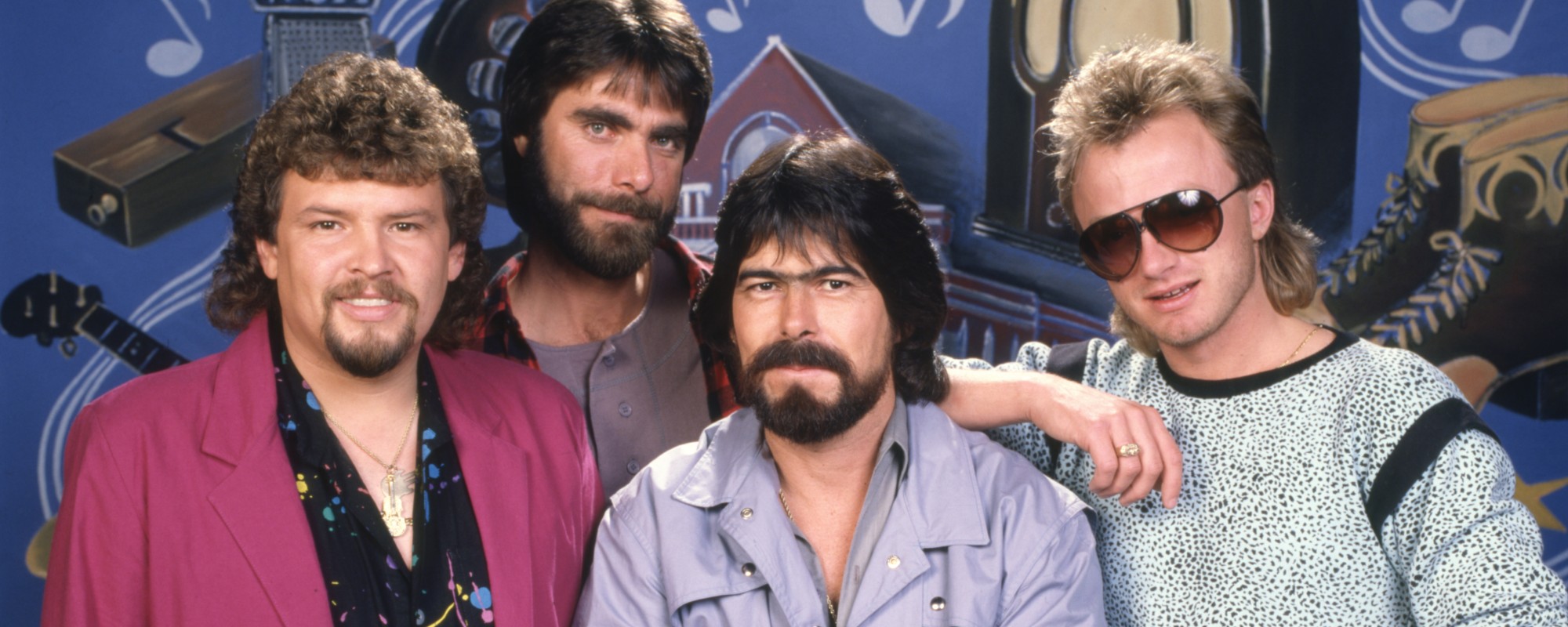
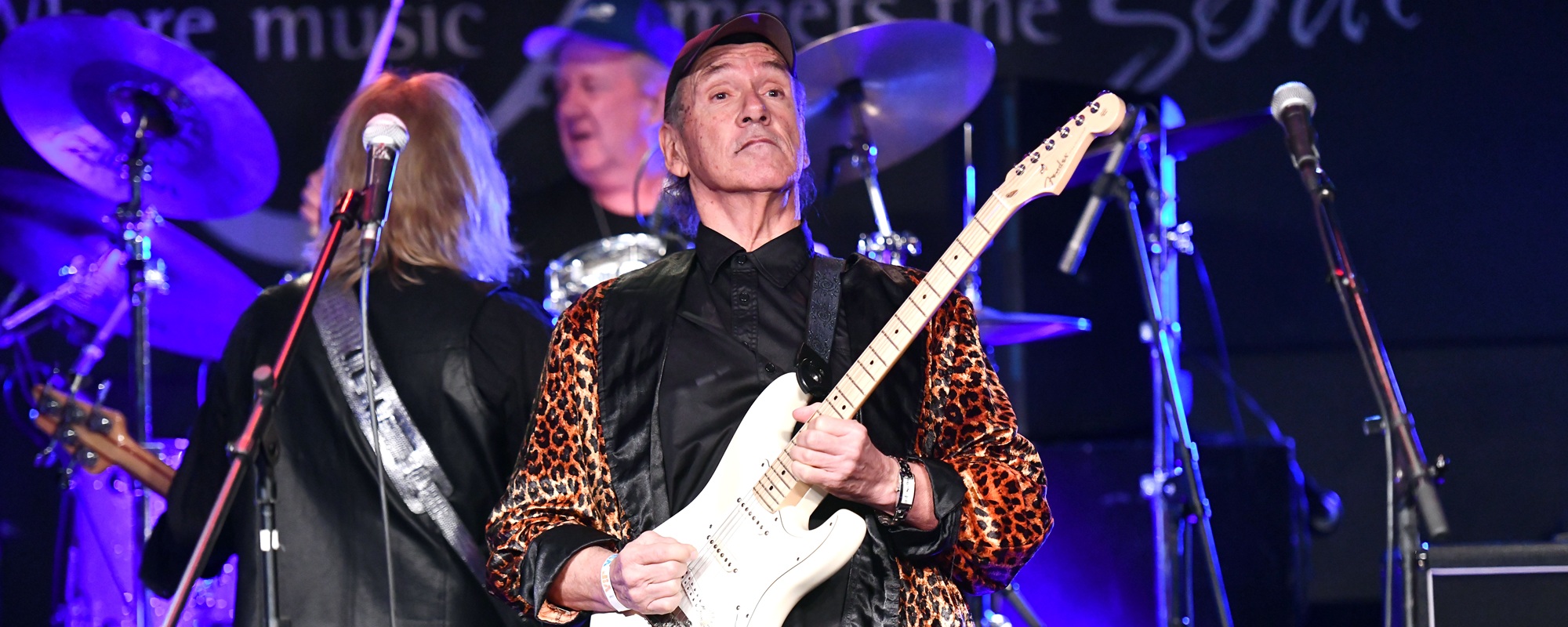
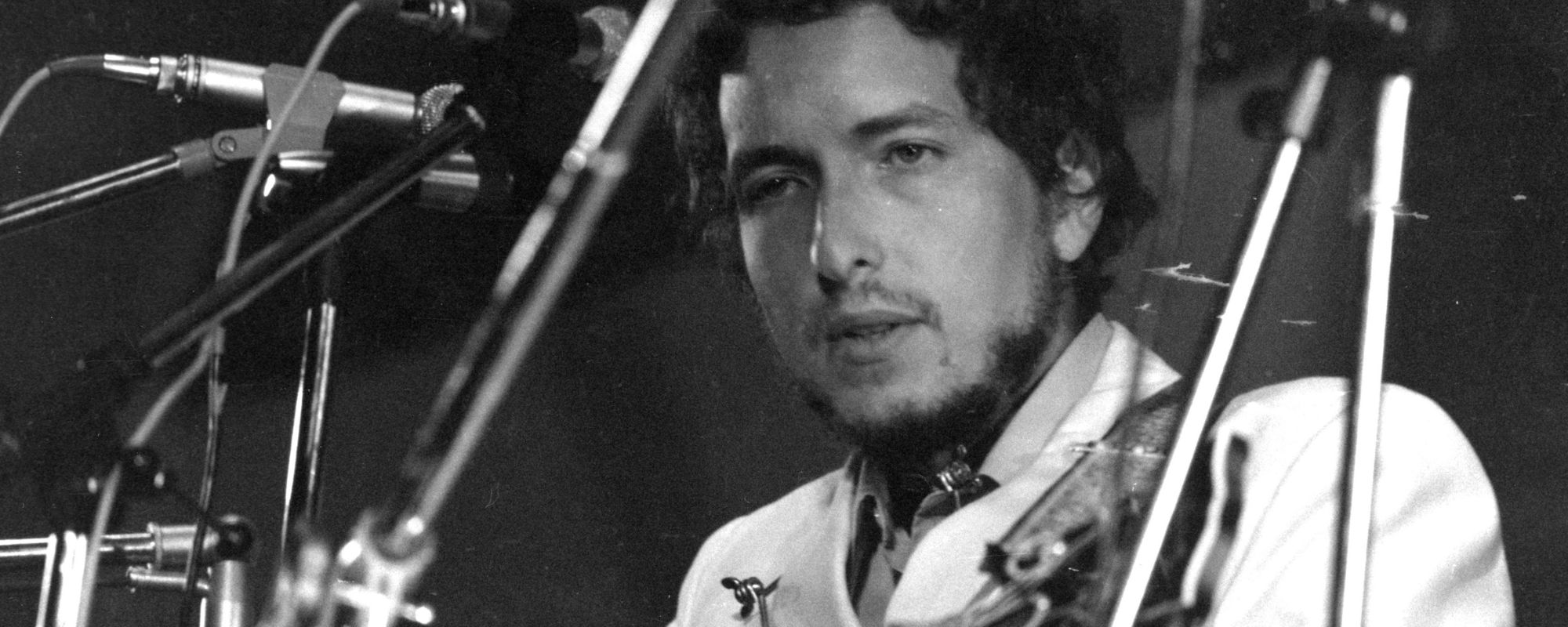

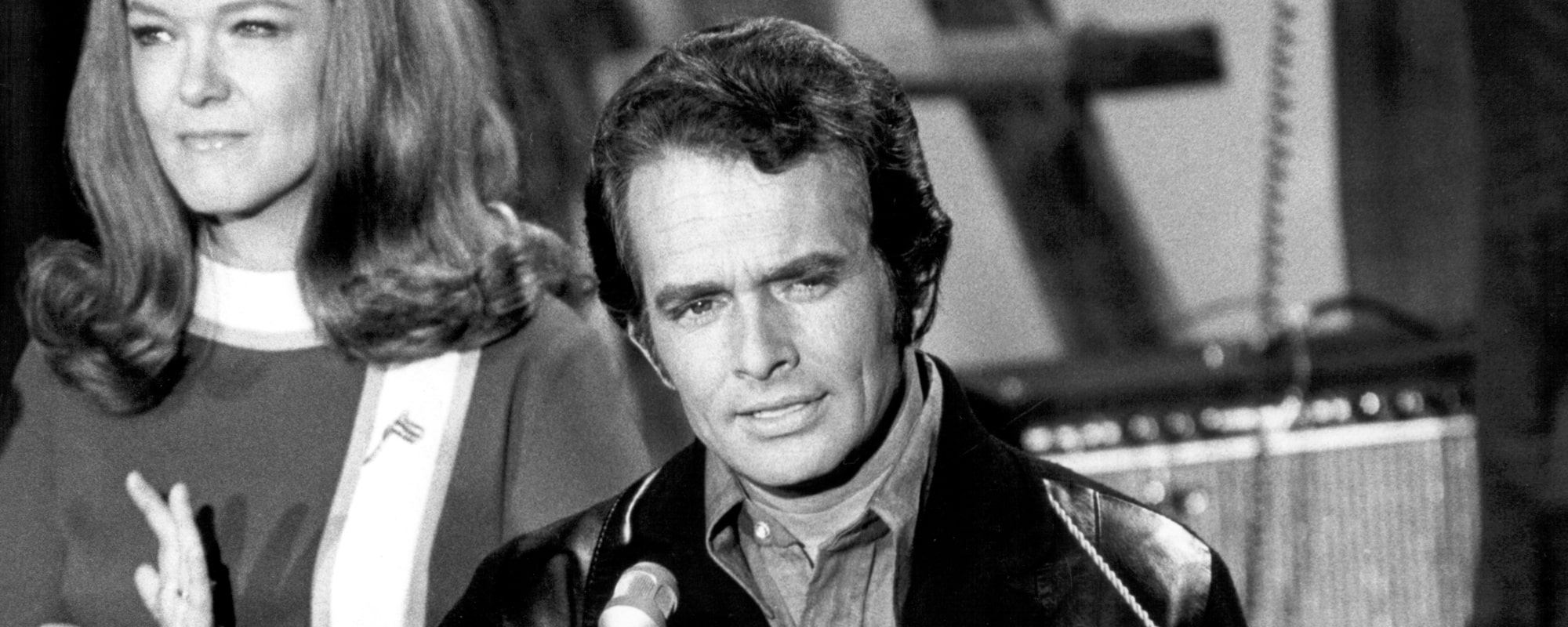
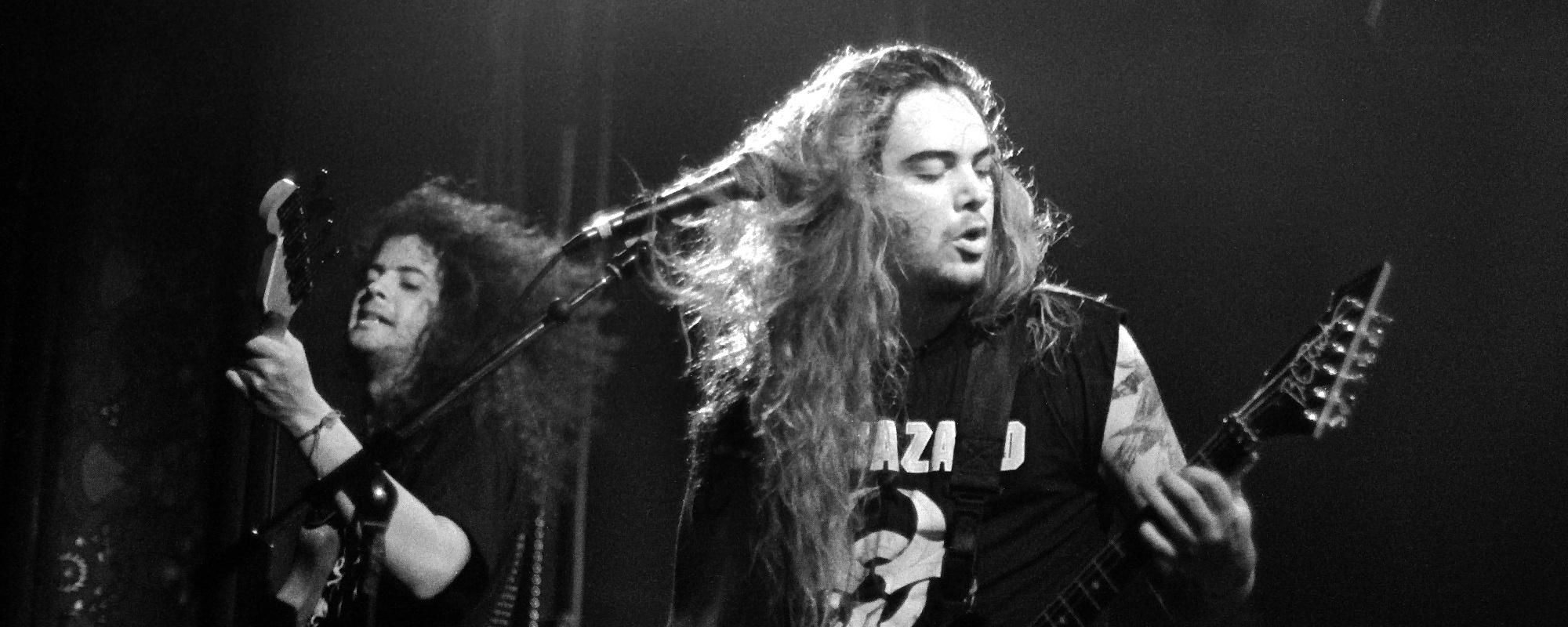
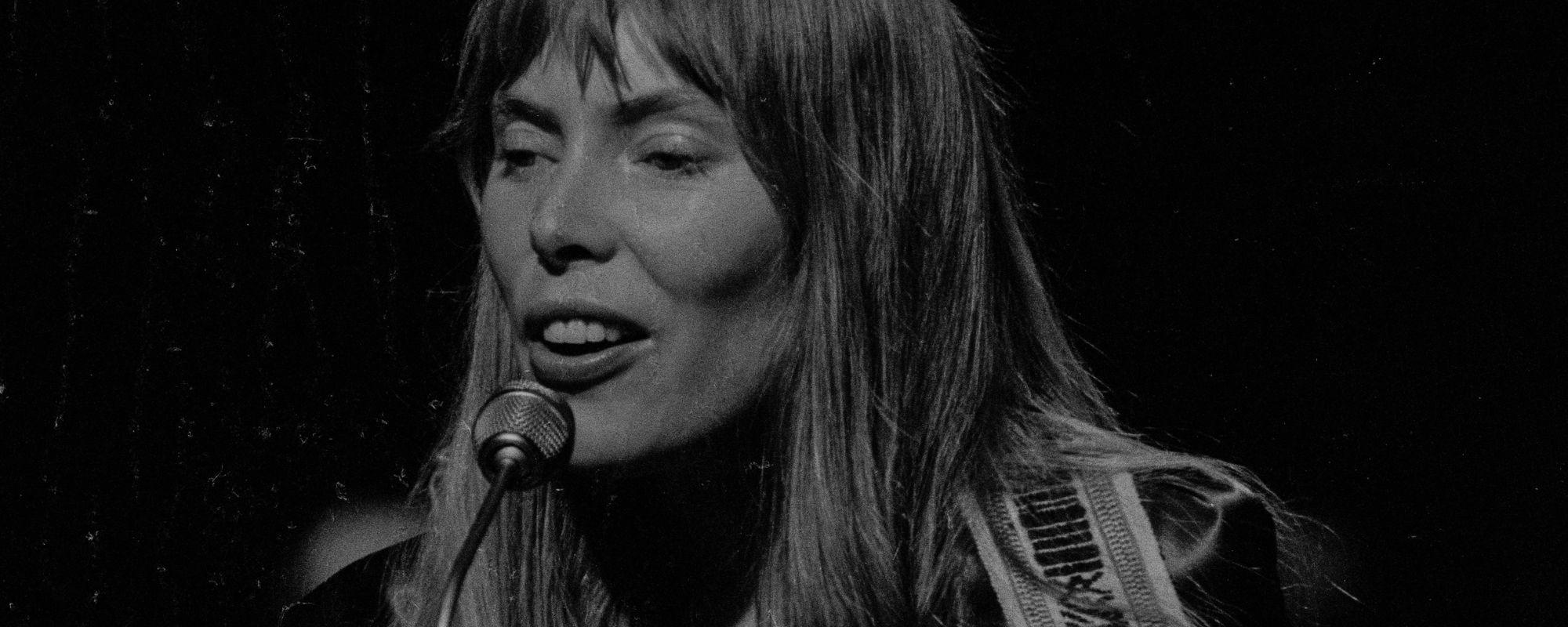
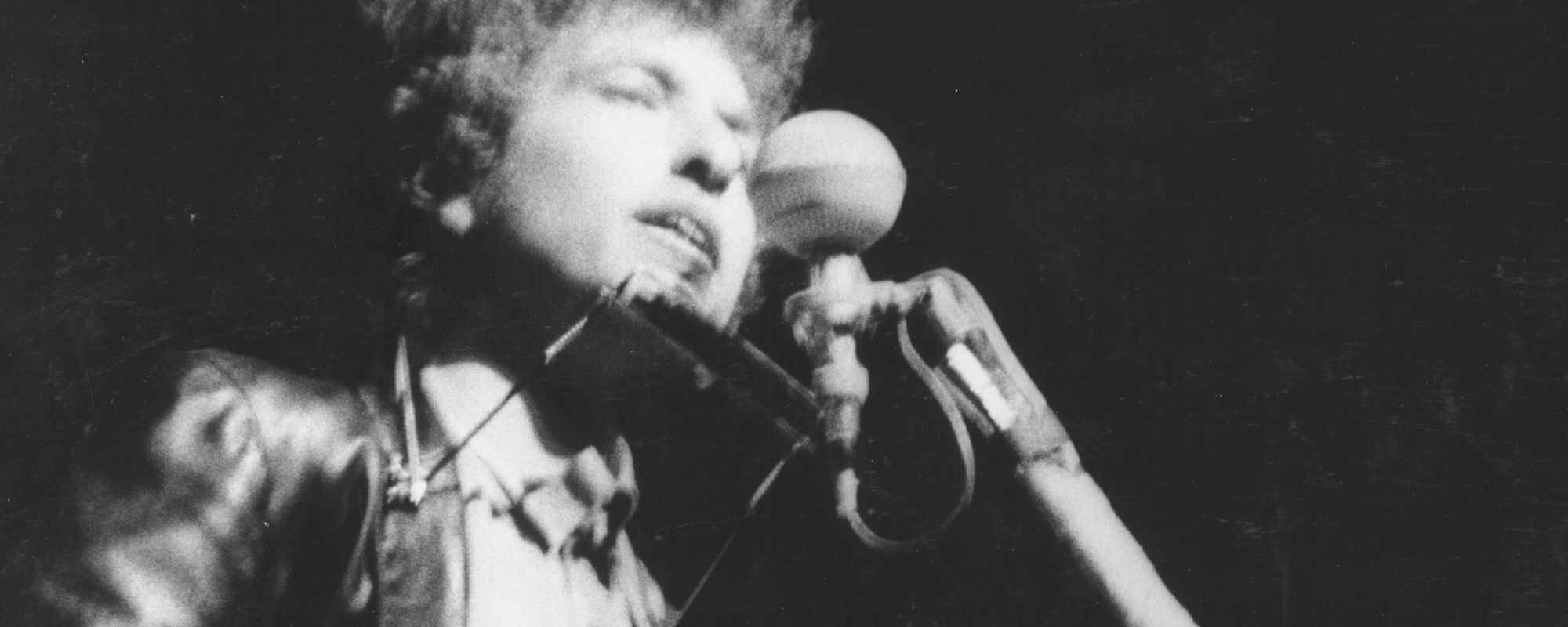




Leave a Reply
Only members can comment. Become a member. Already a member? Log in.